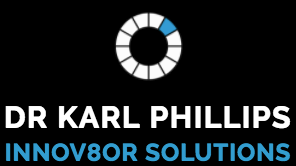Skill
Skill
In business these terms are used to describe people and systems trained or designed to cope with rapidly changing business environments that have a degree of robustness and resilience to change and act is an appropriate responsive manner or adjust one’s behaviour accordingly
Competency
Competency
Innovator
Competency Level
Competency Level
89%
Knowledge (Theories, Ideas & Concepts)
Through Professional/Personal Study Gained Through Experience
Skills & Application of Knowledge
in Real World Situations
Together with Responsibilities/Accountabilities
Selected Challenges & Approaches
Together With lessons Learnt
Selected Achievements & Successes
Together with Any ‘So What’ Statements of Insights
